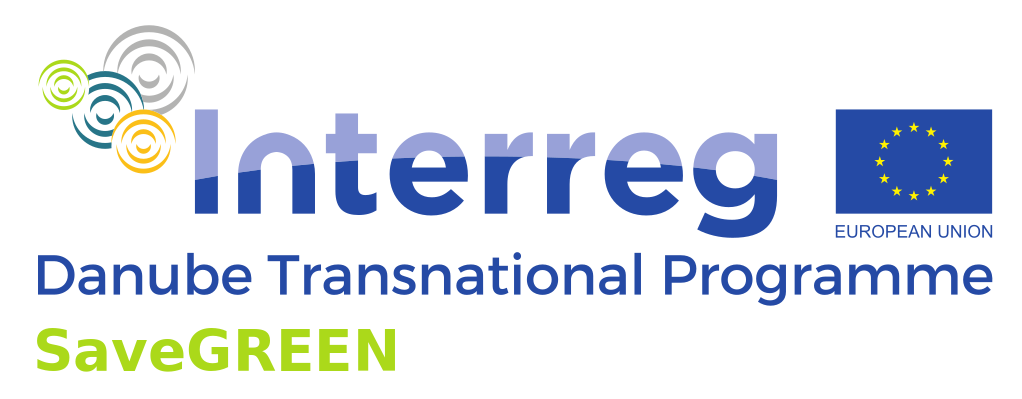SAVEGREEN - Safeguarding the functionality of transnationally important ecological corridors in the Danube basin

Duration: 01.07.2020 – 31.12.2022
Lead Partner: WWF Central and Eastern Europe
Funding: INTERREG Danube Transnational Programme
Project website: http://www.interreg-danube.eu/approved-projects/savegreen
Project description
The Secretariat was involved in the preparation of the SaveGREEN project proposal, submitted under the third call of the EU Danube Transnational Programme. The project proposal was successfully selected by the Interreg Danube Transnational Programme. The project that focuses on Safeguarding the functionality of transnationally important ecological corridors in the Danube basin, started on 1 July 2020 and will continue until 30 November 2022.
Project Partners:
- Austria: WWF Central and Eastern Europe, Environment Agency Austria (EAA)
- Bulgaria: Black Sea NGO Network; Bulgarian Biodiversity Foundation
- Czech Republic: Friends of the Earth Czech Republic; Transport Research Centre Czech Republic
- Hungary: CEEweb for Biodiversity; Szent Istvan University
- Romania: Zarand Association; WWF Danube Carpathian Programme Romania
- Slovakia: WWF Slovakia; SPECTRA Centre of Excellence of EU
Associated Partners:
- Austria: Austrian Ministry for Transport, Innovation, and Technology; Federal Ministry for Sustainability and Tourism
- Bulgaria: Ministry of Agriculture, Food and Forestry, Executive Forest Agency; Southwestern State Enterprise SE – Blagoevgrad
- Czech Republic: Ministry of the Environment of the Czech Republic; Nature Conservation Agency of the Czech Republic
- France: Infrastructure and Ecology Network Europe (IENE)
- Germany: Bavarian State Ministry of the Environment and Consumer Protection
- Greece: EGNATIA ODOS S.A.
- Hungary: NIF National Infrastructure Developing Private Company Limited; Ministry of Agriculture; Danube-Ipoly National Park Directorate
- Romania: Ministry of Environment, Waters and Forests; Ministry of Public Works, Development and Administration; Ministry of Transport, Infrastructure and Communications
- Slovakia: State Nature Conservancy of the Slovak Republic; Ministry of Environment of the Slovak Republic; Ministry of Transport and Construction of the Slovak Republic; National Motorway Company
- Ukraine: M.P. Shulgin State Road Research Institute State Enterprise – DerzhdorNDI SE; Department of Ecology and Nature Resources of Zakarpattia Oblast Administration
The SaveGREEN project will demonstrate that through integrated planning the design of appropriate mitigation measures and the adequate ways to maintain and improve the functionality of ecological corridors can be achieved. The monitoring of the impact of such measures will, moreover, allow the project to derive the proper set of recommendations for follow-up actions and policy design.
The project will aim to foster cross-sectoral and transnational cooperation, as well as building a comprehensive know-how, towards the development of concrete solutions aimed at improving, restoring and preserving the functionality of key ecological corridors in Carpathian, Alpine and Bulgarian mountain valleys. It will cover these areas due to the overlapping concentration of both human activities and critical points for wildlife migration, which renders high degrees of conflict.
Main expected results
The project expects that, through the improvement of cross-sectoral cooperation in the fields of nature conservation, natural assets management (i.e. wildlife, forests, water), transport, and land use/spatial planning, it will enhance GI coherence in the Carpathian, Alpine and Balkan mountain valleys. It will do so by planning and implementing coherent integrated mitigation measures to minimise the negative impact of economic development.
Project Activities (activities for a special interest of the Carpathian Convention and its bodies, especially CCIC and relevant WGs are highlighted below in bold with a further elaboration of the activities below)
- Development of a standardised monitoring methodology for structural and functional connectivity
- Development of an application toolbox for the monitoring of structural and functional connectivity
- Development of a capacity building programme
- Engagement and cooperation with relevant stakeholders of specific pilot areas
- Development of cross-sectoral operational plans to safeguard the functionality of ecological corridors in the pilot areas
- Implementation of selected actions of the local cross-sectoral operational plans
- Support the mainstreaming of ecological connectivity into EU and global policies through cooperation among macro-regional strategies (i.e. EUSDR and the Carpathian Convention) (see below more information on this activity)
- Development of recommendations towards the integration of mitigation measures/GI into sectoral policy and decision making
- Strengthening of cross-sectoral cooperation among key players, promotion of project results in the Danube basin and beyond, and capacity building at the national level (see below more information on this activity)
- Deliverance of several types of publications
- Organisation of public events
- Digital communications
- Development of promotional materials
Support the mainstreaming of ecological connectivity into EU and global policies through cooperation among macro-regional strategies (i.e. EUSDR and the Carpathian Convention) through development of the high-level joint regional policy declaration
The high-level joint regional policy declaration on maintaining and restoring ecological corridors/ green infrastructure will address the need for transnational and cross-sectoral cooperation in the Danube-Carpathian region, and will be elaborated together with the EUSDR and the Carpathian Convention. The overall goal is to develop and commit to a coordinated cross-border and cross-sector approach for spatial planning and nature conservation in the region. As a policy tool, the joint declaration will summarize principles and criteria for environmentally sustainable spatial planning in the Danube-Carpathian regions, including the maintenance of existing and the development of future green infrastructures.
The Carpathian Convention has concluded Memoranda of Understanding with various EUSDR Priority Areas. This will be the basis for cooperation on the development of the high-level joint regional policy declaration and would raise the visibility of the Carpathian Convention in the context of EUSDR. Furthermore, the Carpathian Convention can be the link to global intentions to safeguarding ecological corridors among others. Here, we refer to CBD and its Post-2020 Global Biodiversity Framework, and UN Environment Programme.
Strengthening of cross-sectoral cooperation among key players, promotion of project results in the Danube basin and beyond, and capacity building at the national level through capacity building programme plus training events
The Capacity building programme addressing public authorities and other key stakeholders will provide a set of tools
· Strategic Environmental Assessment (SEA) Toolkit,
· Environmental Impact Assessment (EIA) Toolkit including cost- benefit analysis of environmental impacts of the respective projects and
· Handbook of best practice examples that allows a better understanding of human impacts on green infrastructure and the implementation of measures to prevent and reduce impacts. These tools will facilitate a better understanding of the impacts by all stakeholders, especially decision makers. The tools will integrate the experience of TRANSGEEN (Guideline on Wildlife and Traffic, EIA training package) and ConnectGREEN (Training package on identifying and managing ecological corridors) projects, as well as other EU projects with results of all SaveGREEN activities.
SEA and EIA are the two main instruments that ensure the integration of environmental considerations in the preparation of plans and project throughout the Member States, both procedures allowing the participation of all relevant stakeholders. Impact assessment is a technical process with many difficulties regarding the choice of methodologies, the assessment of alternatives, the involvement of stakeholders or the integration of other EU Directives requirements. Recently, requirements have been added regarding the adaptation to climate change or the need for an integrated assessment of the impact on green infrastructure, which is difficult without a step-by-step and easy to use toolkit. Among the new approaches proposed by these tools is the use of simple impact indicators that allow facile comparison of alternatives and financial quantification of the impacts on GI. The toolkits are essential for both decision makers and consultants in the field of environmental assessments. We believe that this tool will support further sustainable transport infrastructure development in the Carpathians.
Towards the end of the project, national capacity training events for public authorities and key stakeholders will be organised in the participating countries, where will be sought support for the adaptation of the programme to national needs, advertising of the events and dissemination of the capacity programme in respective countries.
Vienna Programme Office
Secretariat of the Carpathian Convention
UN Environmnent
Vienna International Centre
PO Box 500
A – 1400 Vienna
Tel: +43 1 260 60 83038
Mail: info.carpathianconvention@un.org
Large Carnivores
Education for Sustainable Development
© Secretariat of the Carpathian Convention
POWERED BY:

